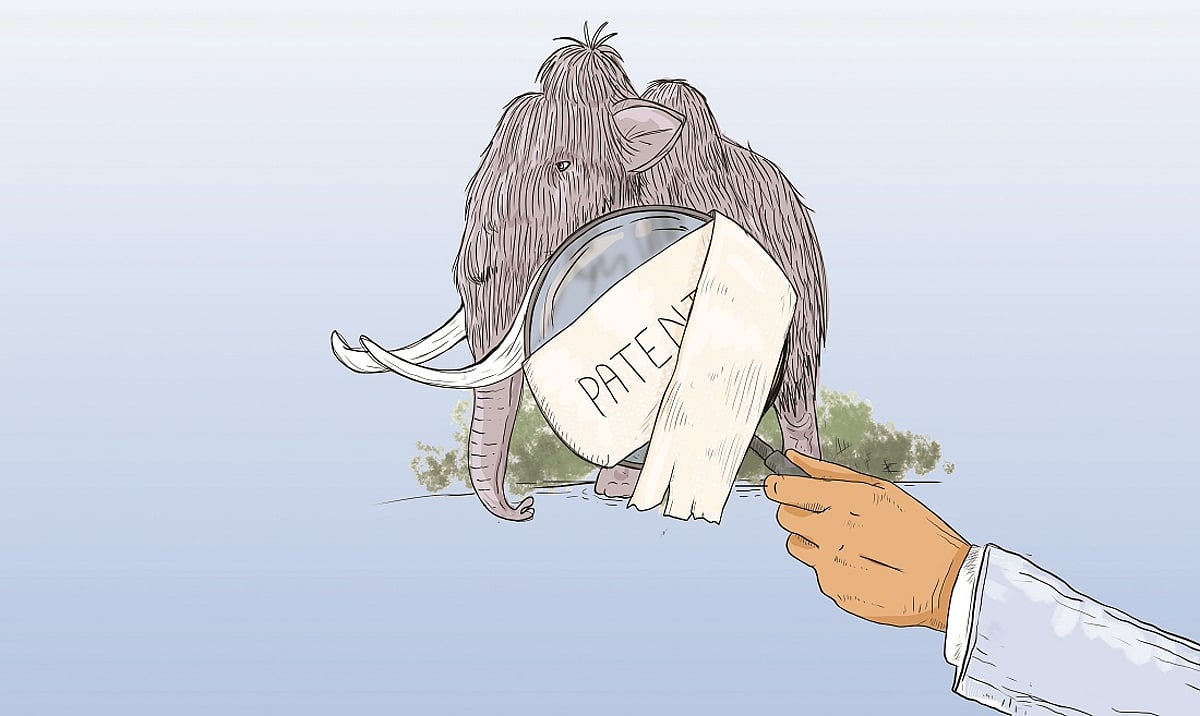Colossal Biosciences: A Startup's Bold Claims in De-Extinction and Marketing Savvy

In a world increasingly focused on sustainability and environmental responsibility, some companies are seizing the opportunity to enhance their visibility through innovative marketing and, at times, dubious environmental claims. One such company, Colossal Biosciences, based in Texas, has emerged prominently in this arena. Founded in 2021, this startup is making headlines with ambitious plans to employ gene-editing technology to create elephants that resemble their long-extinct relatives, the woolly mammoths. The company's announcement in April ignited a wave of media attention, positioning Colossal as a frontrunner in the controversial field of de-extinction.
Colossal Biosciences has successfully attracted significant financial backing, raising an impressive $400 million from investors eager to support its vision. This funding is expected to fuel the company’s plans to introduce these mammoth-like creatures into nature parks in Siberia, a venture that aligns with broader discussions about biodiversity and species preservation. However, the commercial prospects of such a venture are also enticing, as Colossal is securing intellectual property rights (IPR) on nearly every facet of its creations, including the unique names it assigns to its animals.
A recent report from the MIT Technology Review sheds light on the company's meticulous approach to protecting its innovations. The journal revealed that Colossal has filed for trademarks on one of its new transgenic creations—an extra-hairy mouse, which it has showcased this year as a testament to its progress in the mammoth project. This mouse, dubbed “Mammouse” or “Woolly Mouse” depending on its application in the market, is a reflection of Colossal's strategic marketing prowess. Such branding efforts not only highlight the scientific advancements the company claims to achieve but also indicate a savvy understanding of consumer appeal.
Despite the buzz surrounding Colossal Biosciences, critics have raised concerns about the scientific validity of its lofty claims. The company's marketing strategies may appear to overshadow significant scientific challenges that lie ahead, drawing skepticism from experts in the fields of genetics and conservation biology. As the discussion around de-extinction progresses, it remains to be seen whether Colossal can fulfill its promises and navigate the complex ethical landscape associated with reviving extinct species.
In conclusion, while Colossal Biosciences stands at the forefront of an innovative yet contentious endeavor, the intersection of aggressive marketing and genuine scientific exploration raises important questions about the future of conservation and the motivations behind such ambitious projects.





























